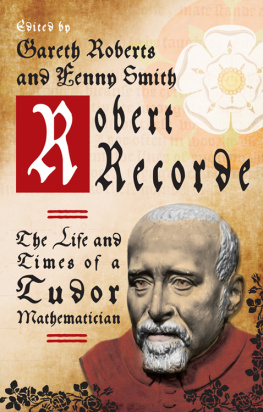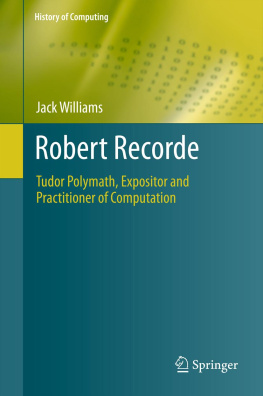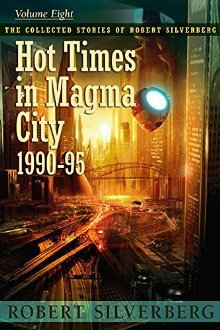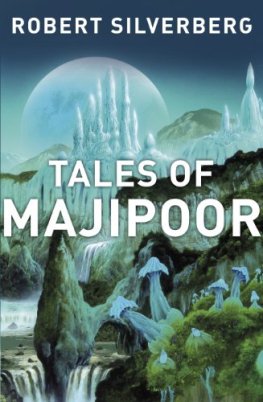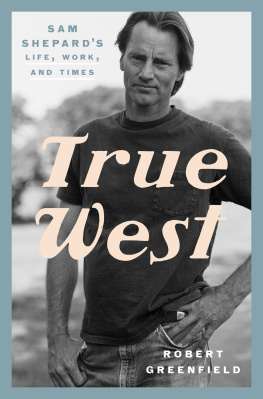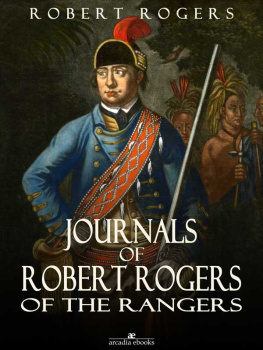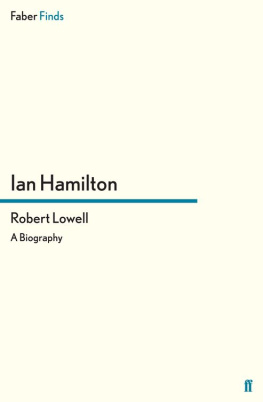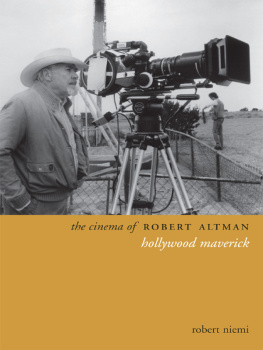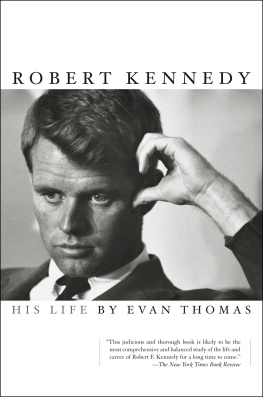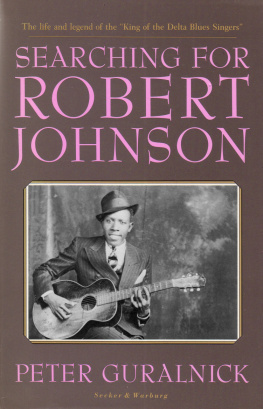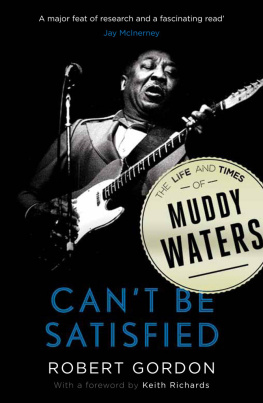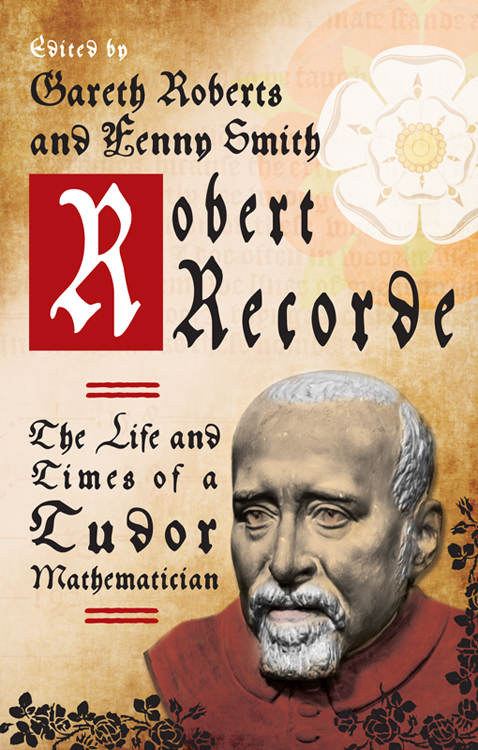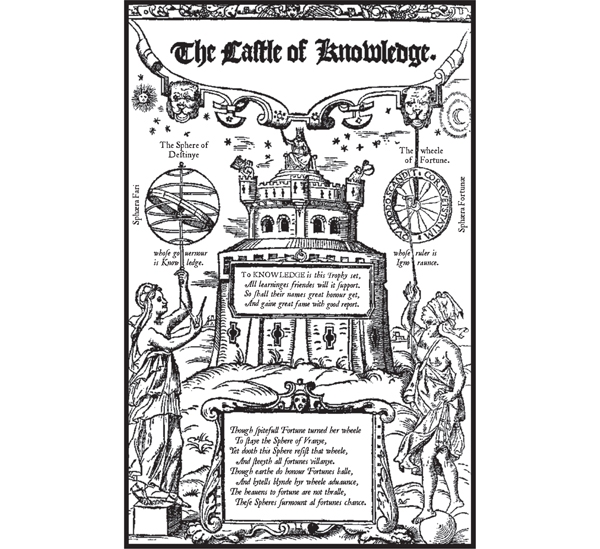Unless noted otherwise, illustrations from Recordes books have been provided courtesy of TGR Renascent Books.
Notes on contributors
J OHN D ENNISS is an independent scholar with an extensive knowledge of early English arithmetic texts.
G ARETH W YN E VANS (19212005) was appointed lecturer in Applied Mathematics at University College Swansea in 1949. He taught at Swansea for thirty-five years, specializing in relativity, quantum mechanics and thermodynamics. He had a strong interest in the history of the development of mathematics, particularly the concept of time.
S TEPHEN J OHNSTON is Assistant Keeper at the Museum of the History of Science, University of Oxford. He first met Robert Recorde in the 1980s, as a graduate student working on Elizabethan practical mathematics. His research and teaching still focus on topics in the histories of early modern science, technology and mathematics.
H OWELL A. L LOYD is an Emeritus Professor of History at the University of Hull. His research interests lie in a range of early modern British and European subject areas, and nowadays principally in the history of ideas.
M ARGARET P ELLING retired in 2009 as Reader in the Social History of Medicine in the History Faculty, University of Oxford. She is now based at the Wellcome Unit at Oxford as a Senior Research Associate. Her research on health, medicine and social conditions focuses primarily on the Tudor and early Stuart periods.
N IA M. W. P OWELL is a lecturer in the School of History, Welsh History and Archaeology at Bangor University where she specializes in social, economic and cultural aspects of early modern Wales.
U LRICH R EICH lectured at the University of Applied Sciences in Karlsruhe in Germany. His research interests in the history of mathematics include the work of Johann Scheubel (14941570) and his link with Recorde.
G ARETH R OBERTS is an Emeritus Professor of Education at Bangor University. He has particular interests in the acquisition of mathematical concepts within bilingual contexts.
F ENNY S MITH is an independent scholar with knowledge of ancient and medieval numerical notation and arithmetic techniques, and Italian Renaissance algebra.
J ACQUELINE S TEDALL is a Senior Research Fellow in History of Mathematics at The Queens College and the Mathematical Institute, Oxford, with a special interest in early modern English mathematics and the development of algebra.
J OHN V. T UCKER is Professor of Computer Science and Head of the School of Physical Sciences at Swansea University. His research uses algebra and logic to understand computing systems. He also has a particular interest in the history of computation, including its social, economic and cultural contexts.
J ACK W ILLIAMS is an independent scholar with interests in Robert Recordes biography, the metallurgy of coinage, mercantile arithmetic and unit fractions.
Acknowledgements
I N BRINGING THIS PROJECT to fruition, the editors have enjoyed the support and encouragement of many individuals and organisations. The work has taken its inspiration from the extensive groundwork completed by Jack Williams and his vision to ensure that Robert Recordes life and accomplishments are fully documented. We have also benefited from the ready advice and constant encouragement of Jacqueline Stedall, and Gordon and Elizabeth Roberts. Without the timely financial sponsorship provided by Bangor University, the British Society for the History of Mathematics, WALMATO and WJEC, the venture could not have been completed. We have also appreciated the support of staff at the Tenby Museum and Art Gallery, who have worked tirelessly to disseminate information about the most famous son of that delightful town. Particular thanks are due to the family of the late Gareth Wyn Evans for permission to reproduce his 1958 lecture as an appendix in this volume. We are also indebted to the individual authors, who have shown endless patience and endured gentle prodding by the editors with good grace. The constructive advice provided by an unnamed reader was greatly appreciated and we wish also to express our thanks for the assistance of the team at the University of Wales Press: Ennis Akpinar, Sarah Lewis, Sin Chapman, Dafydd Jones, Henry Maas and Catrin Harries.
Preface
R OBERT R ECORDE has had a makeover. It has been a long process and is still to mature fully as his importance to the development of mathematical thinking becomes ever clearer.
He is most popularly known as the Tudor mathematician who invented the equals sign, but other facets of Recordes life are also well documented. These include his extensive mathematical publications, his work as a physician, his often turbulent service to the Crown, and his keen Protestantism.
In Wales, the first public acknowledgement of his work took the form of a bust by Owen Thomas erected in 1910, the assumed 400th anniversary of his birth, in St Thomass Chapel within St Marys Parish Church in Tenby, Recordes birthplace. This image of Recorde is based on a portrait subsequently shown to be of someone quite different and there are some inaccuracies in the accompanying stone memorial tablet. Nonetheless, the image and the biographical sketch together provided an iconic reference point and a challenge for further work.
One of the uncertainties yet to be fully resolved is the exact year of Recordes birth. The issue is teased out further in this volume by Jack Williams, who has undertaken exhaustive research to set the Recorde straight. Without his encyclopaedic knowledge, this book would not have been possible.

